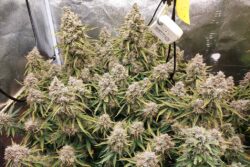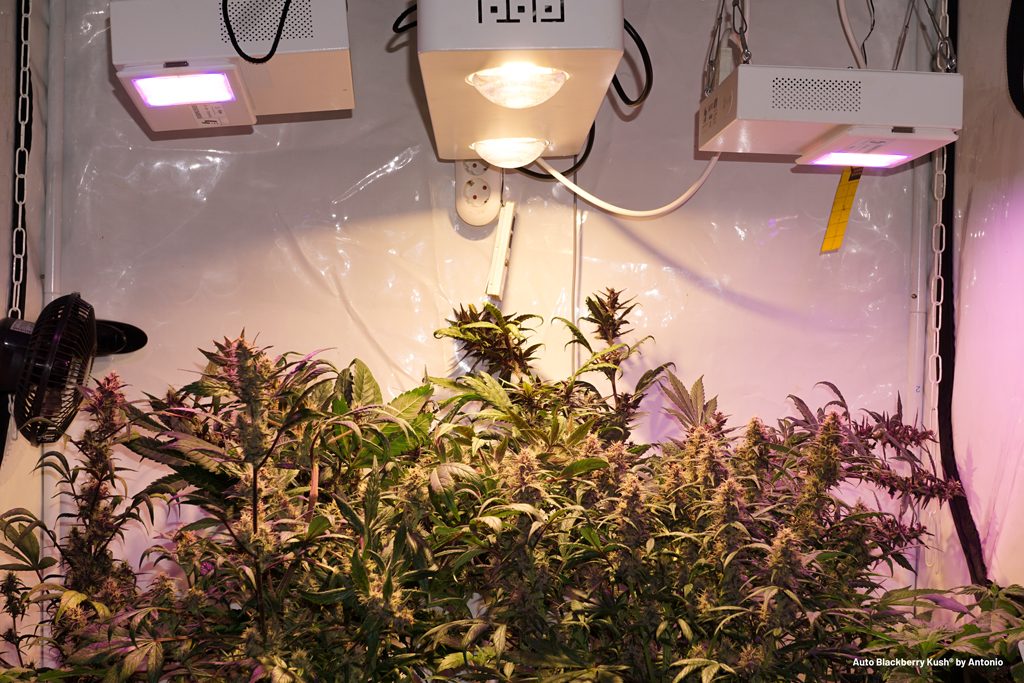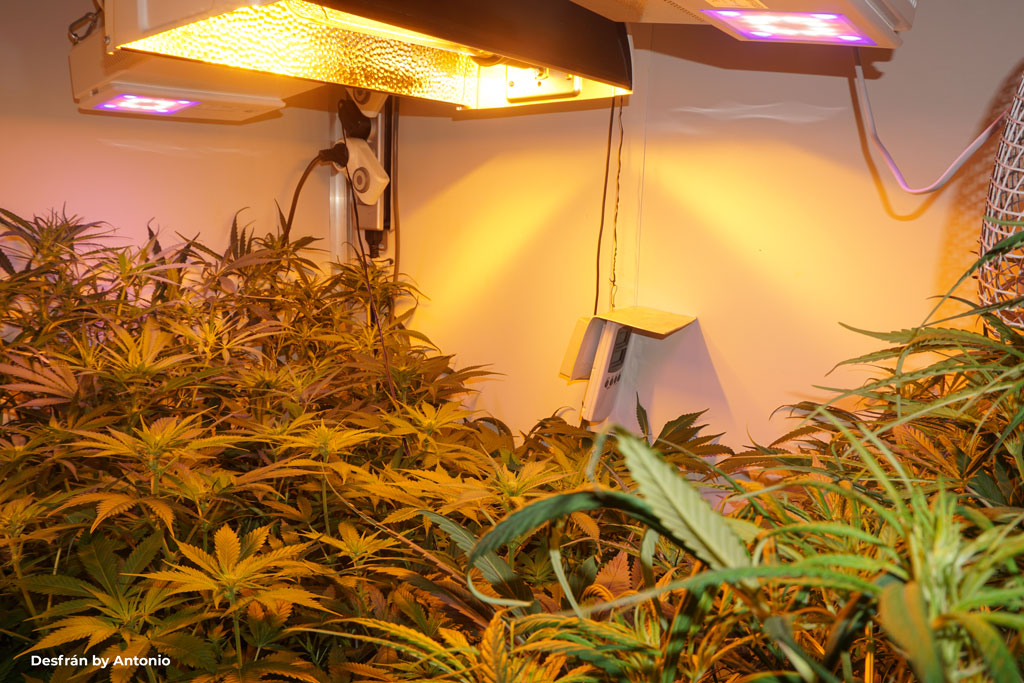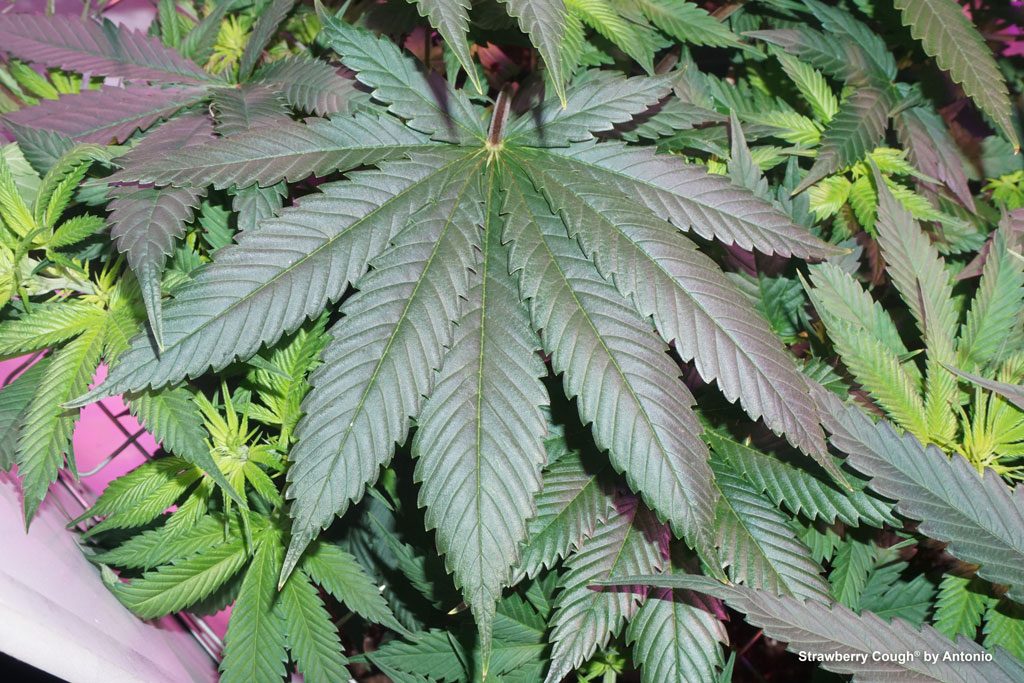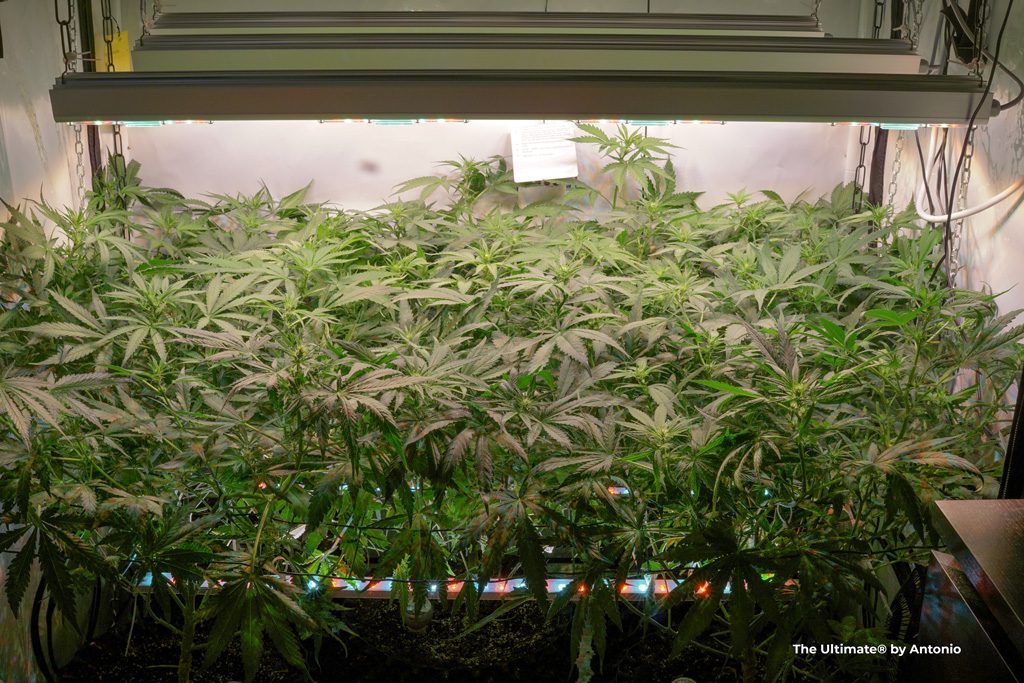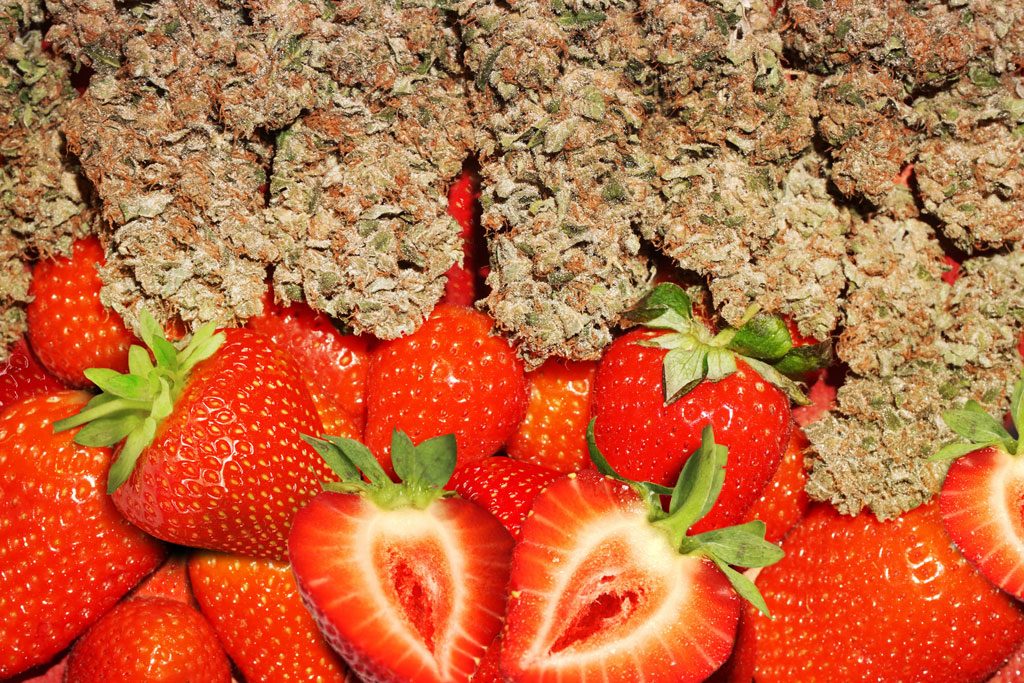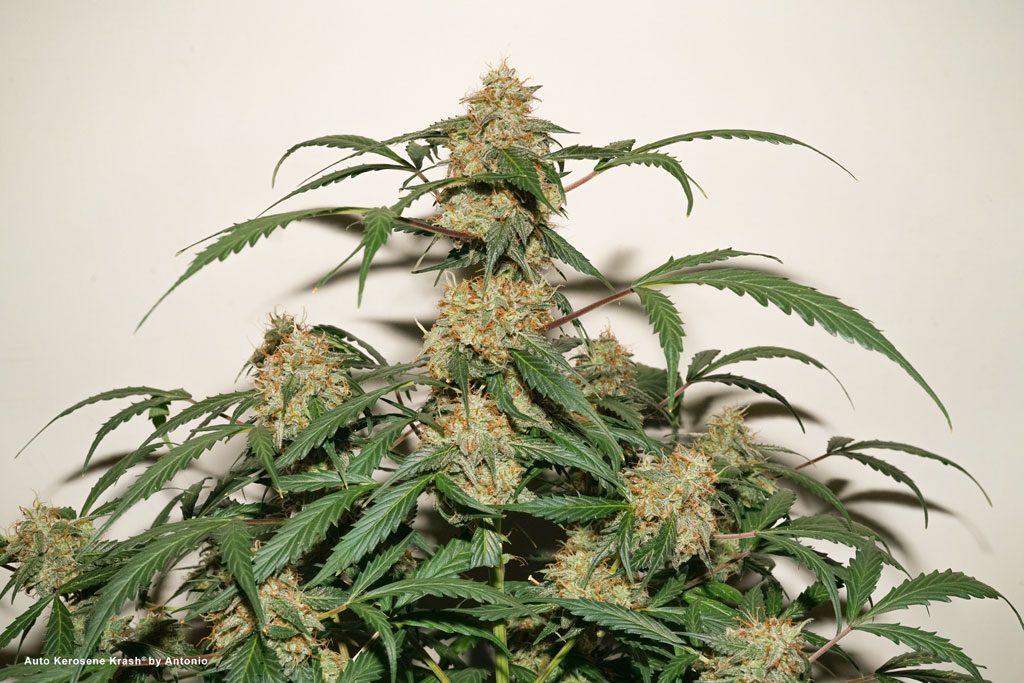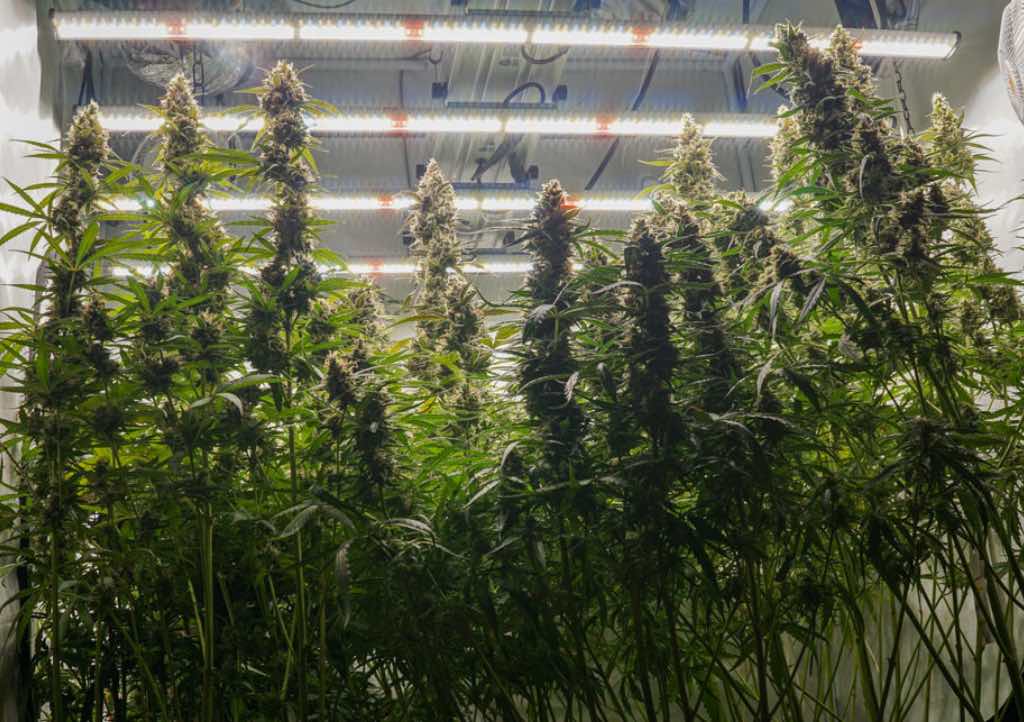Many have already upgraded their grow light from HPS (High Pressure Sodium) to LED. For those that haven’t yet splashed the cash on an LED, the big question is whether the cost will be worth it. If you’re growing in a typical 1.2m x 1.2m (4ft x 4ft) tent most HPS growers will probably be using a 600W HPS. Budget 600W fixtures start from as little as €/£/$50 including reflector and ballast. A 400-500W LED required for a similar grow space might cost up to ten times that.
So is the extra cost of LED really worth it?

